
The Best Time to Prep for Fall? Right Now
I hear you already: “I barely survived this academic year. The last thing I want to think about is the next one!”

I hear you already: “I barely survived this academic year. The last thing I want to think about is the next one!”
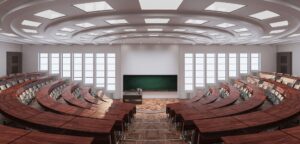
The ending of a course is worthy of greater attention than it typically receives. Endless time and energy are expended on crafting beautiful syllabi complete with assignment descriptions, an outline of topics and readings, and due dates. We have thoroughly ritualized the start of a
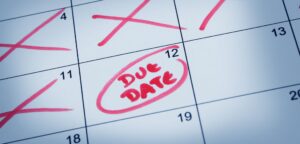
Deadlines are a blessing and a curse. We need them to get things done, but they often loom and approach faster than we anticipated or desire. When we miss them, we feel guilty. Sometimes we devise elaborate methods to ensure the timely completion of tasks.
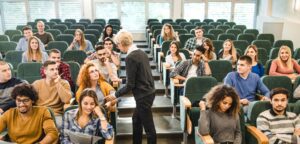
You’ve prepared a fabulous, interactive class. You’ve designed engaging activities, developed meaningful discussion questions, and cultivated an inviting atmosphere for dialogue. You ask a wonderful open-ended question, anticipating a flurry of discussion and critical thinking—only to be met with silence. Your students stare back at
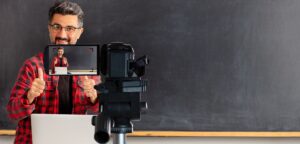
My course is literally about teaching reading to young children, a challenge given that research suggests that college students complete only 20–30 percent of assigned readings, a behavior inversely related to academic performance and engagement (Kerr & Frese, 2017; Deale & Lee, 2021). Further exacerbating
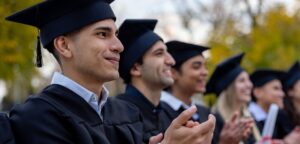
Would it be weird for someone to listen to graduation speeches while she commuted, cleaned, or walked her goldendoodle? To regularly read transcripts of them, just for fun? Or to play her favorites so many times, she could almost recite them from memory?
I’m a
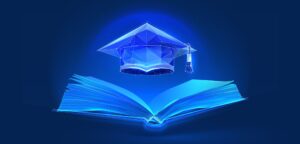
Faculty are increasingly using open educational resources (OER) to reduce textbook costs for students. But many faculty limit themselves to textbooks when in reality there are OER in nearly all formats, including videos, images, and complete lesson plans. Here are some of the best places

Faculty know that today’s students require different levels of support to be successful. Not all college students have experience planning a research paper, taking lecture notes, or creating a class presentation from scratch. A student’s weak executive functioning or time management skills may prohibit them

It seems like the most basic of course tasks: reading the syllabus. Yet, so often, student don’t do it. If you’re as tired as I am of responding to emails that could be easily answered by consulting the syllabus, you know we need some fresh
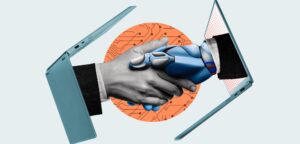
Many faculty members are focused on keeping AI out of the classroom. However, the real focus should be teaching students how to use it productively. Technology has always relieved humans of menial tasks to free them for higher-level ones. The calculator did not end the

Magna Publications © 2024 All rights reserved